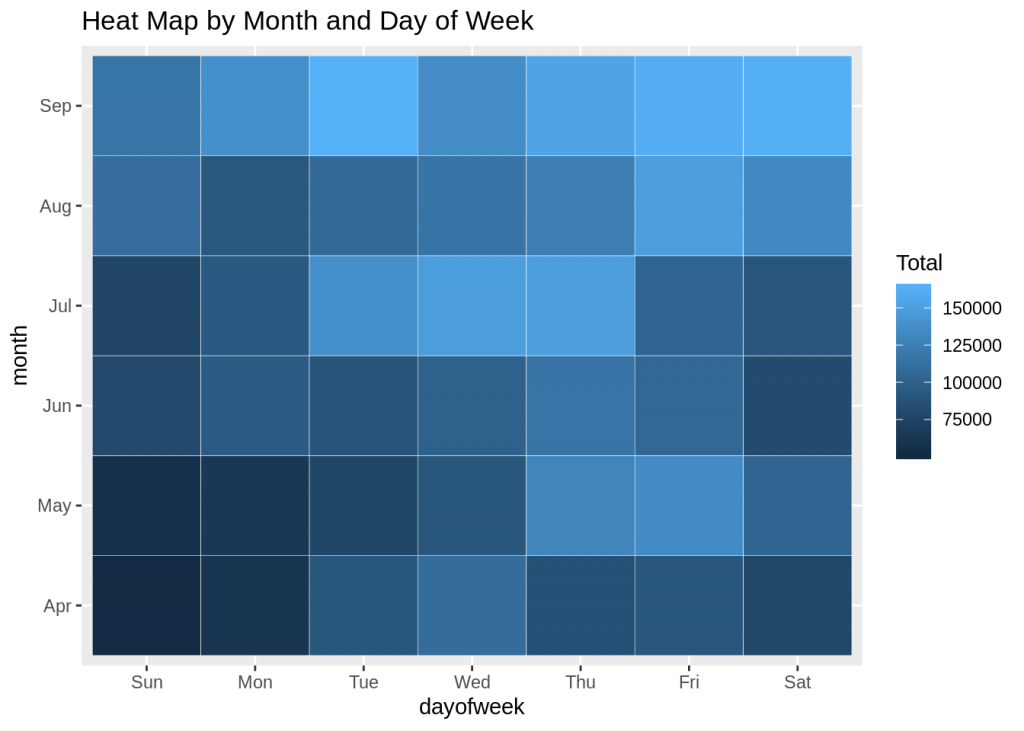

$ ci : chr "" #> $ hund_days_ozone:'ame': 1 obs.

DPLYR SUMMARIZE EVERY FIVE ROWS HOW TO
This is the fourth blog post in a series of dplyr tutorials. plotly Group Data Frame Rows by Range in R (2 Examples) In this article, I’ll demonstrate how to aggregate data by a certain range in the R programming language. Discovery and mapping of the rugged topography of the ocean floor (e.g., huge mountain ranges, deep canyons, and the “magnetic striping” on the ocean floor).Str(stats) #> List of 4 #> $ hund_days :'ame': 1 obs. In this tutorial we will summarizing our data: i) counting cases and observations, ii) creating summaries using summarise() and it’s summariseall(), if() and at() variants, and iii) pulling the maximum and minimum row values. I already tried some code: df > groupby (capture.date) > summariseeach (funs (sum)) and: aggregate (df 2:4, bydf 'capture.Tracking the growth of a city and changes in farmland or forests over several years or decades.

DPLYR SUMMARIZE EVERY FIVE ROWS CODE
Some specific uses of remotely sensed images of the Earth include: It is important to note that the TIOBE index is not about the best programming language or the language in which most lines of code have been written. Cameras on satellites can be used to make images of temperature changes in the oceans.

Sonar systems on ships can be used to create images of the ocean floor without needing to travel to the bottom of the ocean.Note that all of the variables are numeric and some of the variables contain NA values. If you are in a hurry If you don’t have time to read, here is a quick code snippet for you. It shows that our exemplifying data contains five rows and four columns. In this article, we will learn how to use dplyr summarize in R. Mean and counts are easily accessed with this tidyverse method. It is accompanied by a number of helpers for common use cases: slicehead () and slicetail () select the first or last rows. The summarize method allows you to run summary statistics easily on your dataset. It allows you to select, remove, and duplicate rows. Cameras on satellites and airplanes take images of large areas on the Earth's surface, allowing us to see much more than we can see when standing on the ground. Subset rows using their positions slice dplyr Subset rows using their positions Source: R/slice.R slice () lets you index rows by their (integer) locations.It returns one row for each combination of grouping variables if there are no grouping variables, the output will have a single row summarising all observations in the input. Special cameras collect remotely sensed images, which help researchers "sense" things about the Earth. Summarise each group down to one row Description summarise () creates a new data frame. The function summarise() is the equivalent of summarize(). Remote sensing is the process of detecting and monitoring the physical characteristics of an area by measuring its reflected and emitted radiation at a distance (typically from satellite or aircraft). To note: for some functions, dplyr foresees both an American English and a UK English variant.


 0 kommentar(er)
0 kommentar(er)
